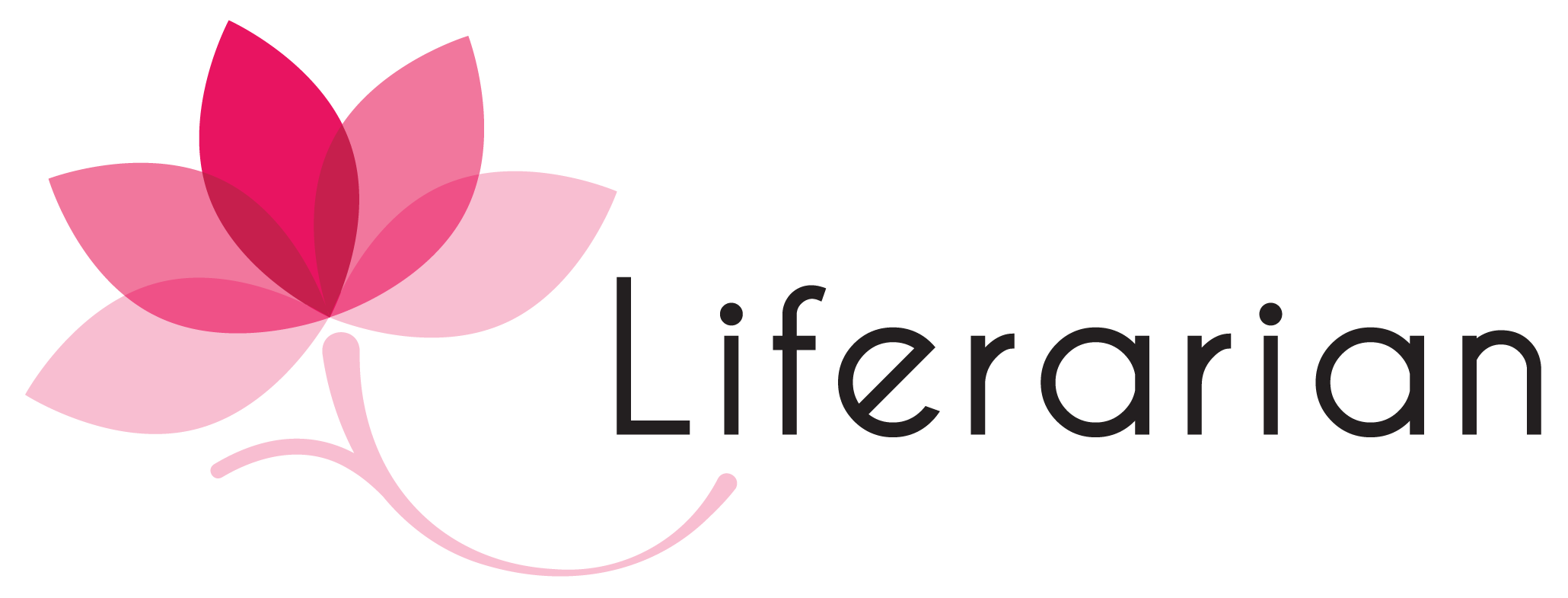Impact of the oral traditional story telling in the school libraries.
Story telling
In school or community, we all have a story to tell it be students or teachers. Sometimes there is feelings of sharing what is inside of our brain, a live story or a fictional event.
We have been telling our kids stories, read aloud to share the feelings and the ideas of the authors with the learners in which we require from them, listening, observing, absorbing, and learning through literature appreciation. But our children and adult retain a primary response to the very power of the good story.
Oral traditional story telling
Oral traditional story telling is a combination of words, gestures orally expressed in a story with a form of a poem, a presentation (audio, video, ppt), a song or a drama. The story is selected according to a culture, a tradition or a geographic location and scrutinize IB learner profiles attributes, PYP attitudes and global context for MYP.
Not all of these stories are historically accurate or even true. Truth is less important than providing cultural and traditional cohesion. It can encompass myths, legends, fables, religion, prayers, proverbs, and instructions.
Words, gestures and feeling around the world
Our traditions, cultures, have been strongly expressed in the past life in the imaginations and minds of people. These stories were shaped overtime with responsibility to keep the legacy before they existed in printed. I enjoy seeing my students coming up with important, informative and educative stories to be retold in the classroom.
The impact of traditional story telling in the library
[1]Library/ians act as curators of information, caretakers of content and people, catalysts of people and services, and connectors to sources of information, multiliteracies, and reading. Librarians’ responsibilities are inspired by the learning environments they engage with, and in that capacity, they are co-creators of information with the school and the wider community. They challenge learners to seek appropriate information, to use sound methods of inquiry and research, and teach them to question the information they find and use.
Looking at the new additional roles of librarians, IB school Libraries have become information literacy classes, were learners curate and create information, learn literacy skills, research skills, develop inquiries though the transdisciplinary themes and global contexts.
Thus, storytelling is largely about bringing characters to life, so the storytellers and the audience can experience the emotions and thoughts of these characters. Using features such as diction, voice projection, intonation, gesture, facial expressions and so on are an excellent way to bring characters to life. Therefore, teachers are encouraged to use storytelling as a teaching and learning strategy in the classroom to engage their students.
Traditional Story telling gives children and a chance to open up and participate. It helps reinforce the message in the story. Role-playing, if used, fosters language development and self- confidence. Students are more involved when they are sure they have a role to play. The children appeared to be highly engaged during the stories, frequently giggling and making appropriate comments and reflections. They deeply understand the learner profiles and the approaches to learning skills that have been used.
Storytelling allows teachers to enter the lives of students as they’re forming a sense of self- identity. It promotes a sense of community and belonging, enables relationship networking, allows participants to engage in sense-making, helps develop empathy and self-confidence, and facilitates learning.
Integration of technology and Multilingual in the oral traditional story telling.
In the 21st century, language learning offers learners new adventures to explore target language in its functional use. Digital storytelling could promote acquisition of multiple skills such as reading, writing, critical thinking, problem-solving, technological skills and communication skills. Thus, the process of creating the digital story enables the teachers and students to develop their technological knowledge.
They also need to optimise these knowledge areas in their teaching beliefs and put them into practice in their classroom to enhance their students’ learning. Digital storytelling could help the teachers to increase their students’ understanding of the content. Researchers such as Burmark (2004) had found that integrating visual images with written text enhanced and accelerated student comprehension while Ohler (2008) found that digital storytelling had promoted student-centred learning.
The use of multimodalities and Multilanguage contribute to interpretation and meanings of events, characters and also help the audience responds to and appreciate the story. In the oral traditional story telling, students have the opportunity to learn and enjoy a variety of languages.
References:
- IBO. Ideal libraries: A guide for schools. Peterson House, June 2018
- Choo, Yee Bee. “Digital Storytelling vs. Oral Storytelling: An Analysis of the Art of Telling Stories Now and Then.” Uuniversal Journal of Educational Research, 8, issue 8(5A): 46-50, April 21, 2020, p47,49. Tithttp://www.hrpub.org.
Del Negro Janice M. Storytelling, Self, Society. Published By: Wayne State University Press, Vol. 12, No. 1, Storytelling in Libraries (Spring 2016), pp. 1-3 (3 pages), https://www.jstor.org/stable/10.13110/storselfsoci.12.1.0001.
[1] IBO. Ideal libraries: A guide for schools. Peterson House, June 2018
By Peter Cibuabua, School Teacher Librarian
Jewels International School of Kinshasa

